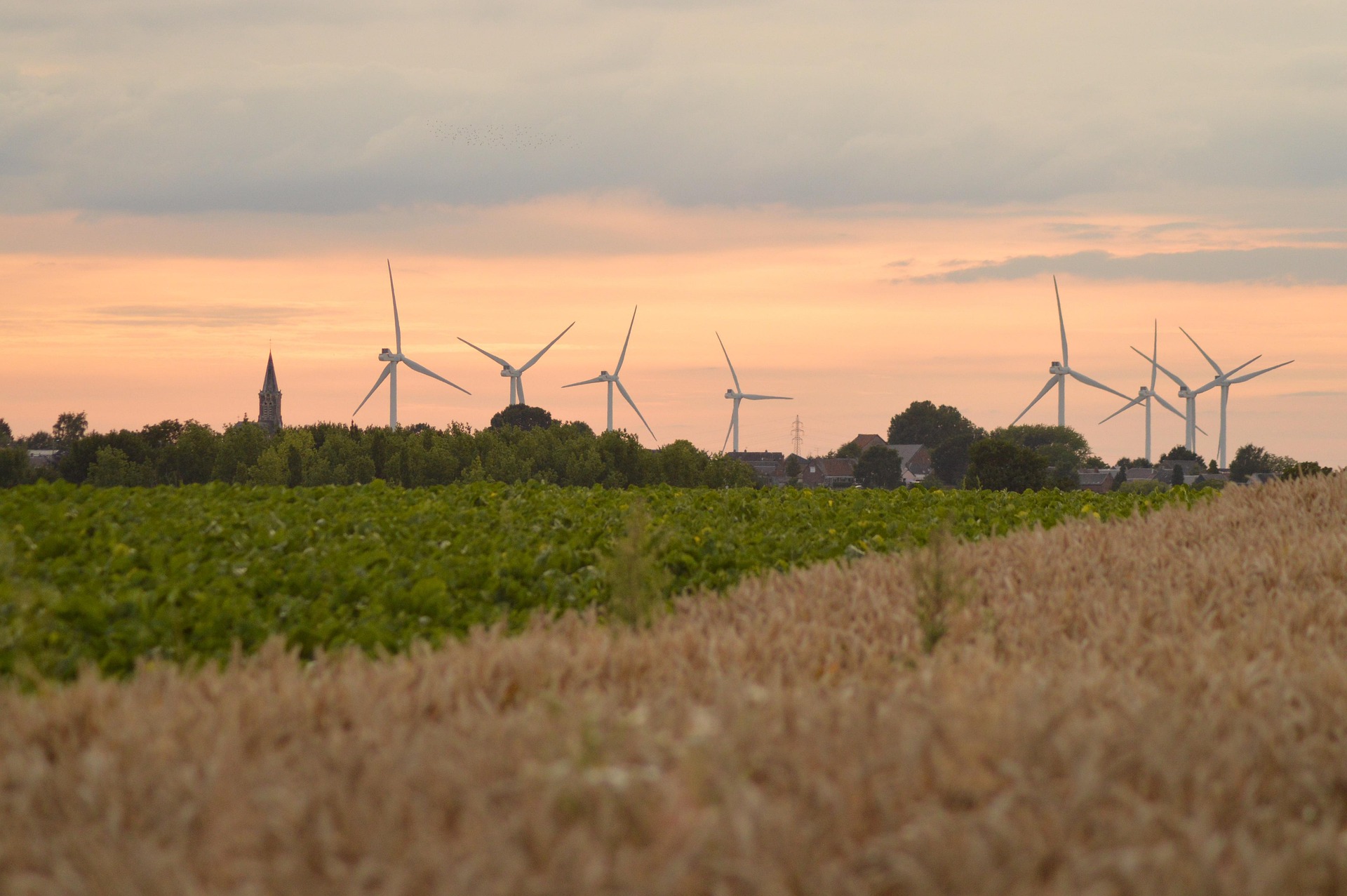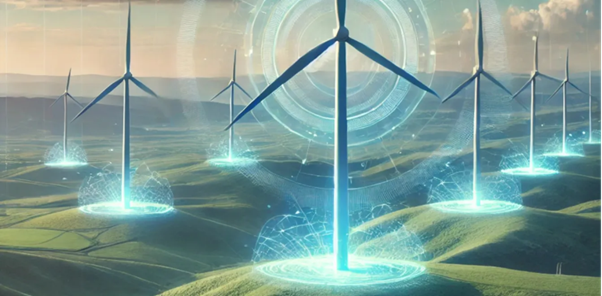Planning of wind power
The field of planning within Swedish wind power research focuses on the development of policies, strategies, methodologies, and tools to enable effective, sustainable, and socially accepted wind energy development. This includes spatial planning, permitting processes, environmental impact assessments, and stakeholder engagement. A crucial aspect is integrating wind power into a broader energy system while balancing energy production, biodiversity, and societal needs. Current research connects to state-of-the-art developments in participatory planning, digital modelling, and GIS-based decision support systems. The Swedish Wind Centre plays a key role by making wind power knowledge accessible and understandable for all stakeholders, ensuring informed decision-making in planning processes. The SWC’s vision aligns with the need for a robust and sustainable energy system, where planning research contributes to efficient permitting, increased social acceptance, and improved system integration.
SWC projects
-
 Modelling of future robust sustainable energy systems
Modelling of future robust sustainable energy systemsThe aim is to model various energy system scenarios that include a high share of wind energy and hydrogen production.
Read more -
 True and false about wind power - Communicating research-based knowledge for municipalities
True and false about wind power - Communicating research-based knowledge for municipalitiesThere are many misunderstandings about wind power and how it affects society, wildlife, and the environment. This lack of knowledge can lead to unnecessary negative opinion of wind power, and that new wind power projects are being vetoed.
Read more
